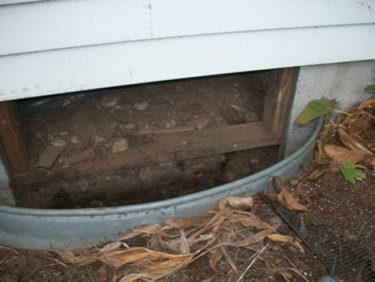What Attracts Skunks to My Yard?
Skunks are attracted to residential neighborhoods because their survival depends on acquiring shelter, water, and food — each readily available in homes and backyards. You can take a few measures to prevent skunks from nesting on your property.
Food/Diet
A skunk’s diet largely depends on availability. In the spring and summer, a skunk’s diet mostly consists of grasshoppers, bees, beetles, beetle larvae, and crickets. During the fall and winter, when food is scarce, skunks will scavenge for fruit, nuts, bird seed, and pet food. As a last resort, skunks will eat small mammals, including mice, rats, rabbits, and chicken eggs.
Common Nesting Areas

Skunks are nocturnal, solitary creatures that don’t travel long distances. They establish dens in any area that provides food, water, and shelter. That includes areas such as crawl spaces, basements, and under decks and porches, where it’s also dark and protected from predators.
Skunk Prevention
There are a few simple practices that can make your home and yard less attractive to skunks. Make sure all garbage cans have tight-fitting lids. Pet food placed outdoors should be moved inside before sunset. To make your yard a less attractive den site, trim overgrown shrubbery. Keep your yard clear of debris, including wood and rocks, which attract insects and other skunk food sources.
If you suspect you have a skunk on your residential or commercial property, contact Critter Control as soon as possible.
